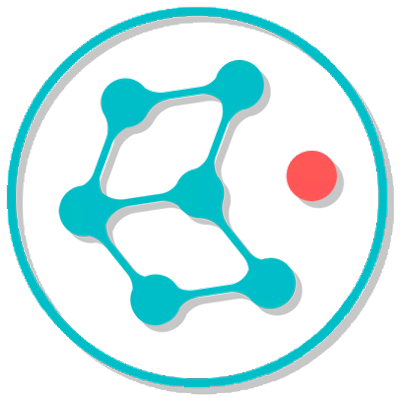Multicoin Pools
Total Miners Online: 8677
ASIC
| Coin | Pool | Algorithm | Pool Hashrate | Miners | Network Hashrate | Coin Price | Actions |
|---|---|---|---|---|---|---|---|
| Ethereum Classic | Etchash | 28.82 TH/s | 2484 | 282.59 TH/s | $15.05 (-1.61%) | ||
| EthereumPoW | Ethash | 2.8 TH/s | 680 | 13.15 TH/s | $0.78 (-3.19%) | ||
| OctaSpace | Ethash | 1.58 TH/s | 570 | 3.05 TH/s | $0.235 (-13.90%) | ||
Kaspa + |
kHeavyHash | 39.67 PH/s | 2003 | 619.27 PH/s | $0.045 (-1.64%) | ||
| Alephium | Blake3 | 762.72 TH/s | 280 | 13.38 TH/s | $0.112 (-2.23%) | ||
| Radiant | Sha512256D | 77.27 TH/s | 119 | 2.6 PH/s | $0.00016 (-2.80%) |
| Coin | Pool | Algorithm | Pool Hashrate | Miners | Network Hashrate | Coin Price | Actions |
|---|---|---|---|---|---|---|---|
| Ethereum Classic SOLO | Etchash | 337.74 GH/s | 59 | 282.59 TH/s | $15.05 (-1.61%) | ||
| EthereumPoW SOLO | Ethash | 115.68 GH/s | 31 | 13.15 TH/s | $0.78 (-3.19%) | ||
| OctaSpace SOLO | Ethash | 219 GH/s | 44 | 3.05 TH/s | $0.235 (-13.90%) | ||
Kaspa SOLO + |
kHeavyHash | 1.8 PH/s | 213 | 619.27 PH/s | $0.045 (-1.64%) | ||
| Alephium SOLO | Blake3 | 389.04 TH/s | 52 | 13.38 TH/s | $0.112 (-2.23%) | ||
| Radiant SOLO | Sha512256D | 17.05 TH/s | 17 | 2.6 PH/s | $0.00016 (-2.80%) |
GPU
| Coin | Pool | Algorithm | Pool Hashrate | Miners | Network Hashrate | Coin Price | Actions |
|---|---|---|---|---|---|---|---|
| Quai | ProgPoW | 33.34 GH/s | 151 | 137.51 GH/s | $0.022 (-4.64%) | ||
| Xelis | Xelishashv2 | 73.24 MH/s | 243 | 903.09 MH/s | $1.02 (+0.60%) | ||
| Zano | ProgPowZ | 23.11 GH/s | 105 | 962.25 GH/s | $14.79 (-7.95%) | ||
| Ergo | Autolykos2 | 74.54 GH/s | 55 | 5.29 TH/s | $0.51 (-0.83%) | ||
| Clore | KAWPOW | 26.04 GH/s | 133 | 261.13 GH/s | $0.0067 (-4.82%) | ||
| Ravencoin | KAWPOW | 30.62 GH/s | 208 | 4.13 TH/s | $0.0092 (-1.80%) | ||
| Parallax | XHash | 27.02 GH/s | 59 | 2.19 TH/s | $0.268 (+0.00%) |
| Coin | Pool | Algorithm | Pool Hashrate | Miners | Network Hashrate | Coin Price | Actions |
|---|---|---|---|---|---|---|---|
| Xelis SOLO | Xelishashv2 | 3.54 MH/s | 10 | 903.09 MH/s | $1.02 (+0.60%) | ||
| Ergo SOLO | Autolykos2 | 138 MH/s | 2 | 5.29 TH/s | $0.51 (-0.83%) | ||
| Clore SOLO | KAWPOW | 962.88 MH/s | 3 | 261.13 GH/s | $0.0067 (-4.82%) | ||
| Ravencoin SOLO | KAWPOW | 919.43 MH/s | 5 | 4.13 TH/s | $0.0092 (-1.80%) |
CPU
| Coin | Pool | Algorithm | Pool Hashrate | Miners | Network Hashrate | Coin Price | Actions |
|---|---|---|---|---|---|---|---|
| Zephyr | RandomX | 907.95 KH/s | 49 | 112.79 MH/s | $1.05 (+0.01%) |


